Comet vs Asteroid vs Meteor: what are they and what is the impact on the Earth?
30th Apr 2023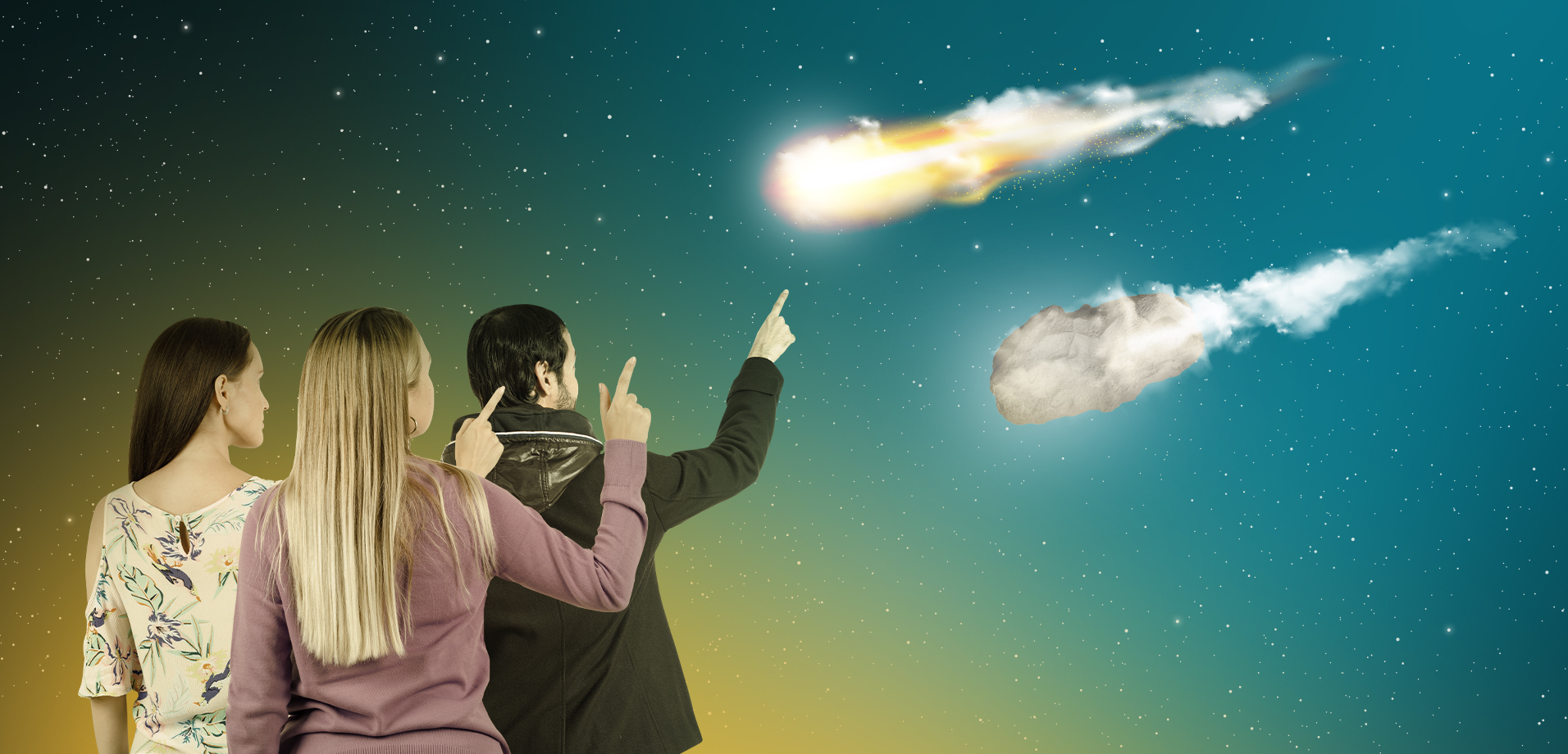
“A huge asteroid is rushing towards the Earth, will it hit?.. The remains of an ancient meteorite were found in the Grand Canyon of the United States… There was a meteor shower in such and such area of the UK.” The news is full of such catchy headlines, and Hollywood has played scenarios of cosmic Armageddon many times in its movies.
Indeed, comets, meteors and asteroids can appear at any time, and the last two do it quite regularly. But how dangerous are such visits, and what is the difference between comet vs asteroid vs meteor? Let’s figure it out.
What is the Difference Between an Asteroid and a Meteor and a Comet?
We are talking about cosmic bodies with orbits around the Sun or their manifestations in the Earth’s atmosphere. All of them differ in size, formation methods, composition, and some other characteristics.
Comets
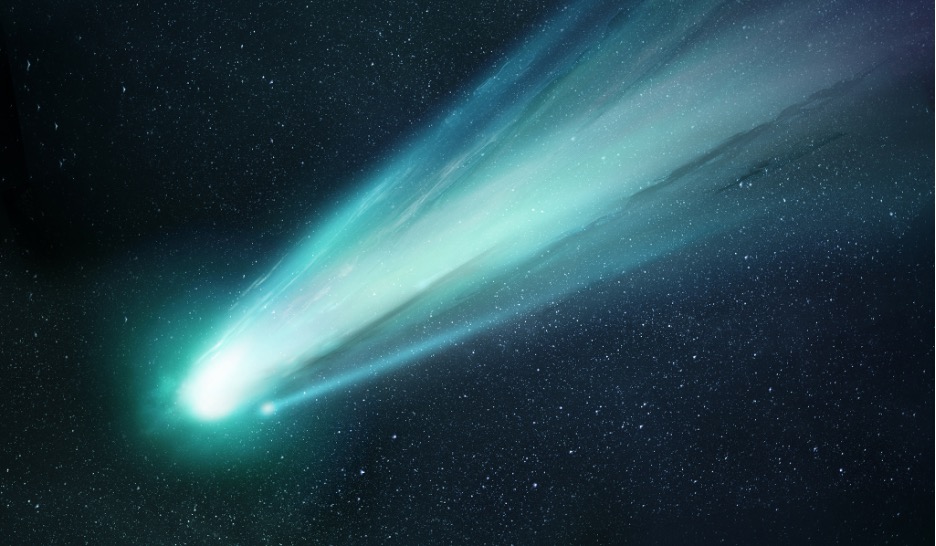
Among the comets meteors and asteroids, the first ones are perhaps the most beautiful space wanderers. They consist mainly of frozen cosmic dust, water, and gases. At the same time, some may have a rocky, porous core, and they are moving at great speed.
The main feature of comets is a coma — a halo around the nucleus, as well as a long plume of gas and dust, which is held by its attraction. Under the influence of solar radiation (when approaching the Sun), frozen particles begin to release gases and cosmic dust, which stretches for millions of kilometres. Even though the density of matter is minimal, we see it when sunlight is reflected from it.
It is believed that comets form in the outskirts of the solar system (in the Oort cloud and the Kuiper belt). It is colder there than in the centre, so the gases in their tails remain in a frozen state. Usually, they are not very large, but some of them can reach a diameter of several thousand kilometres.
In fact, this is a piece of ice and cosmic dust that our Sun once “caught” in space and keeps in its orbit at a very long distance. Some of them have a short period of circulation, others — a very long one. We are talking about hundreds and even thousands of years here!
Halley’s comet (named after the English astronomer) is the only comet that is visible to the naked eye. By the way, the Eta Aquarids and Orionids meteor showers are associated with it.
In 2014, the Rosetta spacecraft (launched twelve years earlier) orbited the Churyumov-Gerasimenko comet, and the research probe that separated from it made the first-ever soft landing on a comet’s surface. The large amount of data transmitted by the probe has allowed us to better understand the structure and characteristics of these unique celestial bodies.
Asteroids
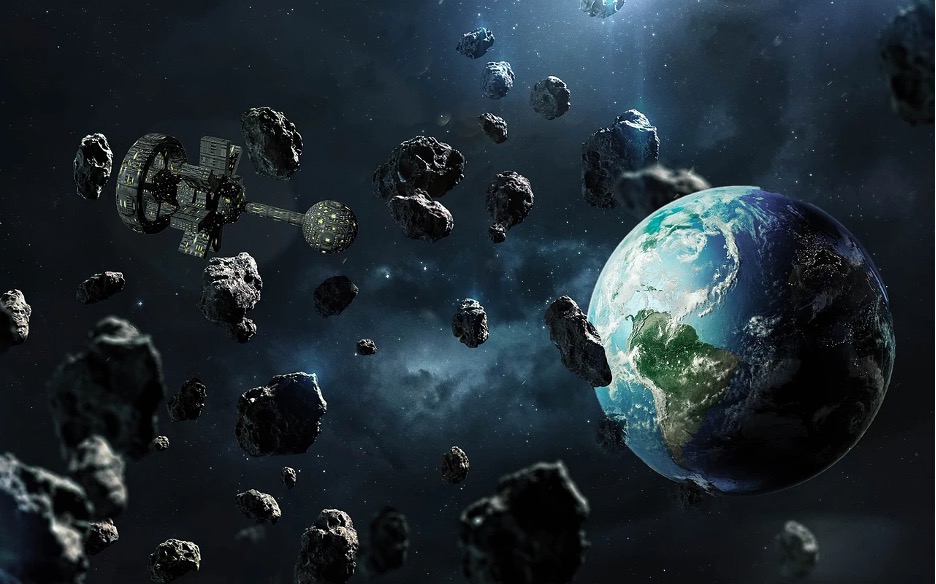
Comparing asteroids vs comets vs meteors, asteroids are called minor planets. Indeed, these are pretty often fragments of planets or satellites; therefore, their sizes are relatively small, and their shapes are often irregular. Asteroids that, under the influence of their gravity, have taken on a shape close to spherical are classified as dwarf planets (for example, Ceres). Unlike big planets, they do not have an atmosphere but may have satellites. By the way, we have an article entirely devoted to asteroids. Be sure to read it.
The main cluster of asteroids is concentrated in the belt of the same name (between Mars and Jupiter), as well as in the Kuiper belt (beyond the orbit of Neptune) and in the vicinity of the L4/L5 Lagrange points of various planets (primarily, Jupiter).
They consist mainly of basalt and metals, although ice, carbon, and other asteroid types also exist. That is, these are blocks of stone that cannot form into comets because of the Sun’s attraction. If comets fall into the sphere of Sun’s orbit from the outside, most of the asteroids are formed inside its planetary system. They do not have tails or haloes because they form where water and gases cannot always remain in solid form due to strong solar radiation.
According to calculations, the number of asteroids with a size of 1+ km in the solar system exceeds two million, so the probability of a collision with the Earth is very high. NASA’s DART experimental mission should counter this.
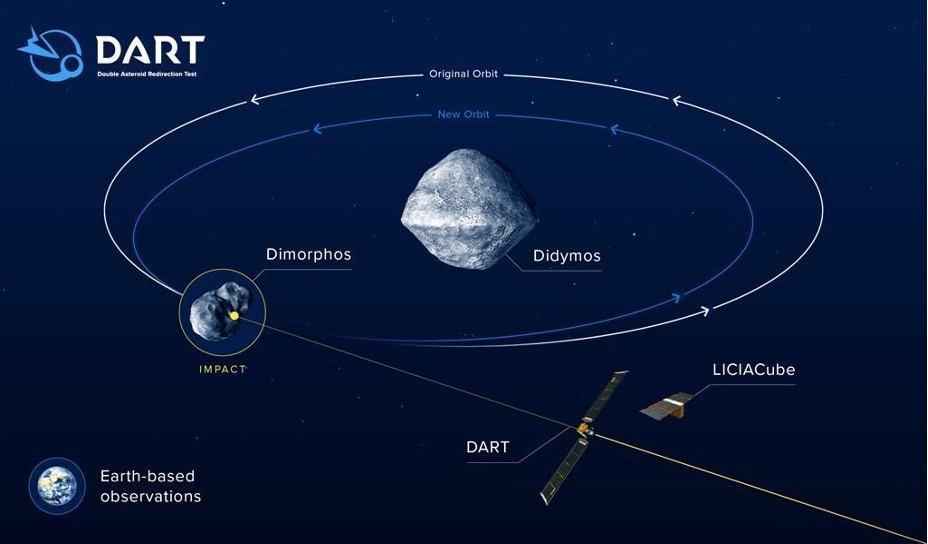
The mission’s goal was to change the trajectory of the potentially dangerous double asteroid Didymos – Dimorphos (diameters 0.8 km and 170 m). To this end, an unmanned spacecraft weighing 500 kg was launched into a small stone, the kinetic impact of which, at a speed of 6.6 km/s, reduced the distance between their centres and reduced the period of revolution of the small twin around the large one by 32 minutes.
Thus, the experiment demonstrated the possibility of redirecting the motion of a binary asteroid. In other words, humanity now has a real chance to avoid a collision with a giant asteroid if suddenly one of them goes straight to Earth. But fortunately, they fly around us for now.
Meteors
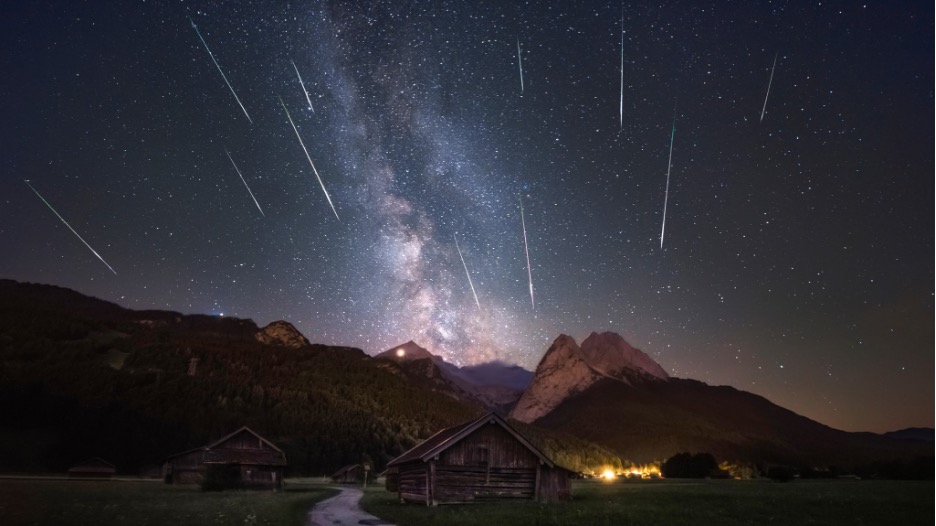
Even people who are generally very savvy in astronomy often get confused when comparing asteroid vs meteor, although the distinction is very simple. Meteors are an atmospheric phenomenon, which we also call “shooting stars“. However, the stars have nothing to do with it. When a meteoroid (a celestial body intermediate in size between cosmic dust and an asteroid), fragments of comets or asteroids enter our atmosphere at high speed, they become very hot and begin to glow, leaving a clearly visible trace.
This phenomenon lasts from fractions of a second to several minutes. If there are many falling fragments, this phenomenon is called a star or meteor shower. Their size is usually very small (from 1 to a few mm or cm). As a rule, meteors burn out completely before reaching the surface of our planet. A similar phenomenon of high intensity is called a bolide.
Are meteors bigger than asteroids?
No, because it is incorrect to compare an object with its trace. Moreover, meteoroids are generally much smaller than asteroids. However, scientists did not have a common opinion about the size of a meteoroid to be considered an asteroid. Some believe it should be at least ten meters in diameter, others — thirty.
Does an asteroid become a meteorite?
This is possible if an asteroid enters the Earth’s atmosphere. From that moment on, it becomes a meteor. Due to friction with air, the body begins to heat up intensively and break into pieces. The remaining parts crash into the surface at great speed, sometimes causing very significant damage to the Earth. And when we find their remains, we call them meteorites.
That is an easy answer about the main distinctions between meteor vs asteroid vs meteorite. An asteroid is a cosmic rocky object that turns into a meteor when it comes into contact with the Earth’s atmosphere and into a meteorite if it or its parts manage to reach the Earth’s surface.
Summing it up
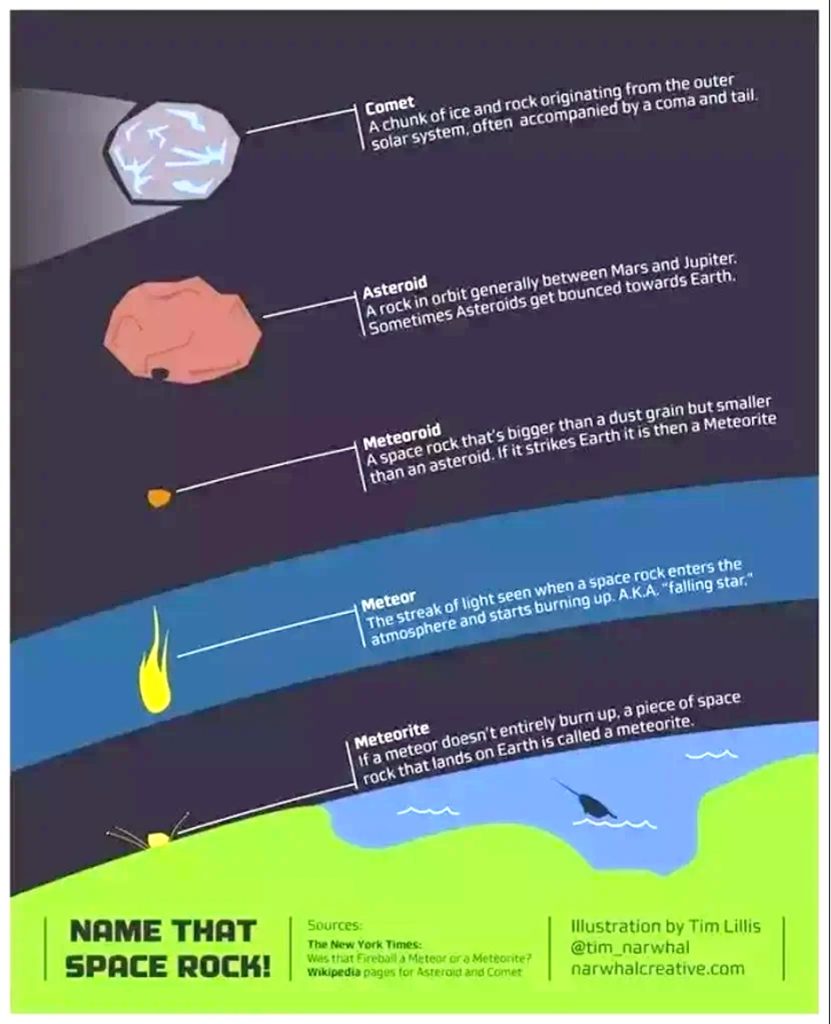
So, to summarize, what is the difference between comets, meteors and asteroids? The first ones are icy aliens from outer space that got lost and found their place under our Sun. The second ones are just bright traces of meteoroids. And the third ones are small fragments of stone planets or satellites, which the Sun prevents from leaving its surroundings. The following Venn diagram demonstrates the differences in more detail.
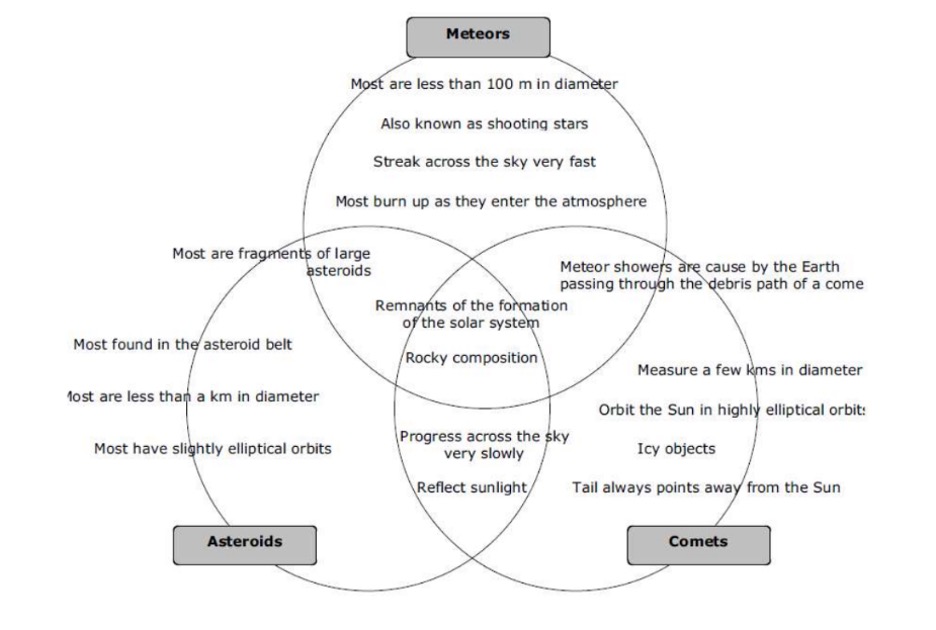
Asteroid vs meteor vs comet: which is the scariest?
Are such guests dangerous for us? Comets and asteroids, yes. The first ones are too large and can cause irreparable damage to the Earth. But the chance of a comet hitting is negligible, so we don’t need to worry. Asteroids are a different matter. So far, the Earth’s atmosphere has steadfastly repelled their attacks, but it is not omnipotent. We know what happened to the dinosaurs, and giant craters around the world constantly remind us of the danger. We can only hope that by the time one of the Hollywood stories about Armageddon comes true, we will be fully prepared for it.
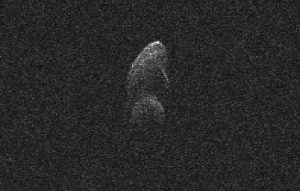




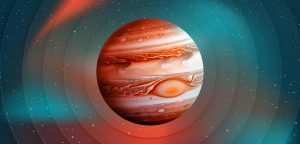
Thank you for your comment! It will be visible on the site after moderation.